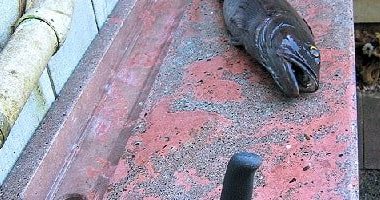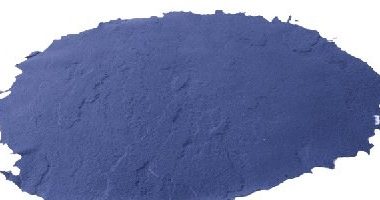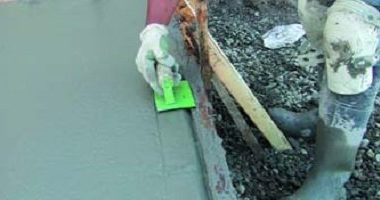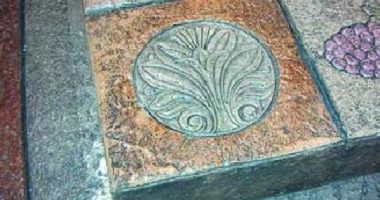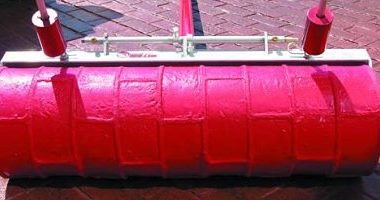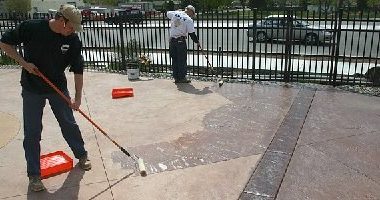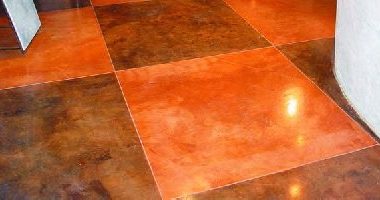There’s nothing like a nice curve, but advance planning is essential. Ask any man and he will confess the more curve the better. Ask any women and she will agree curves are good as long as they flow — no bulging. Ask a decorative stamping crew and they will agree curves can cause loss of sleep at the design and installation phase.
Vol. 5 No. 3 – June/July 2005
Integral Concrete Color Specialists Share their Tips for Success
Color specialists offer advice for getting the look that you — and your customers — are counting on.
Make an Outdoor Fish Prepping Concrete Countertop
This concrete fish prepping table top was made by Michael Dahl, who precast it in a foam mold and used small mixes of different integral colors to create the mottled effect. The top of the sink is ground to expose the aggregate within the concrete.
Brickform Skins Flex to Suit
When it comes to texture skins, flexibility is often appreciated, and Brickform LLC aims to please.
Decorative Concrete Tips: Need a Tool? Make it yourself!
It happens often: A concrete contractor is faced with a project that requires adaptations to an existing form or tool to shape the concrete during that critical hour before it turns hard.
New Concrete Stamp Designs Coming from Custom Concrete Creations Inc.
Custom Concrete Creations Inc., which sells interlocking, swiveling stamps to fit curved borders, plans to corner a whole new market.
Scofield Stamps Mimic Keystone Slate
A new stamp pattern from L.M. Scofield Co. offers serious stampers a taste of old America.
Roller System Make Texturing Concrete Easy
Thanks to a new roller system from Kraft Tool Co., contractors no longer have to rock around the clock to get texturing projects done in half the time.
How to Store Partially-used Concrete Sealers
One-part concrete sealer products are easily stored for reuse in the future. Of course, you want to avoid foreign contaminants, so don’t pour back into the container what you may have portioned off unless you strain the used material first.
Should I Thin My Concrete Sealer?
Is thinning a sealer recommended? The obvious answer is “no.” Anytime you alter a sealer’s formulation you risk affecting its performance — not to mention voiding any stated warranty.


